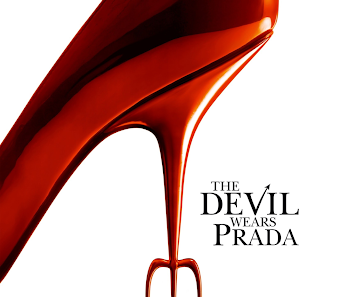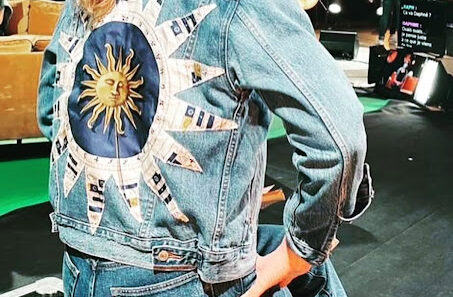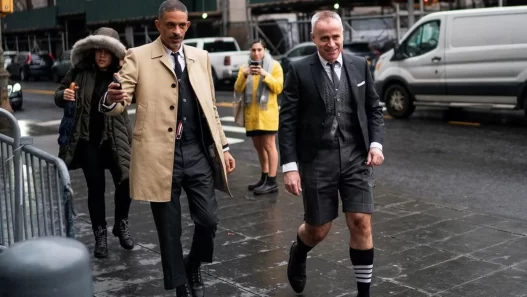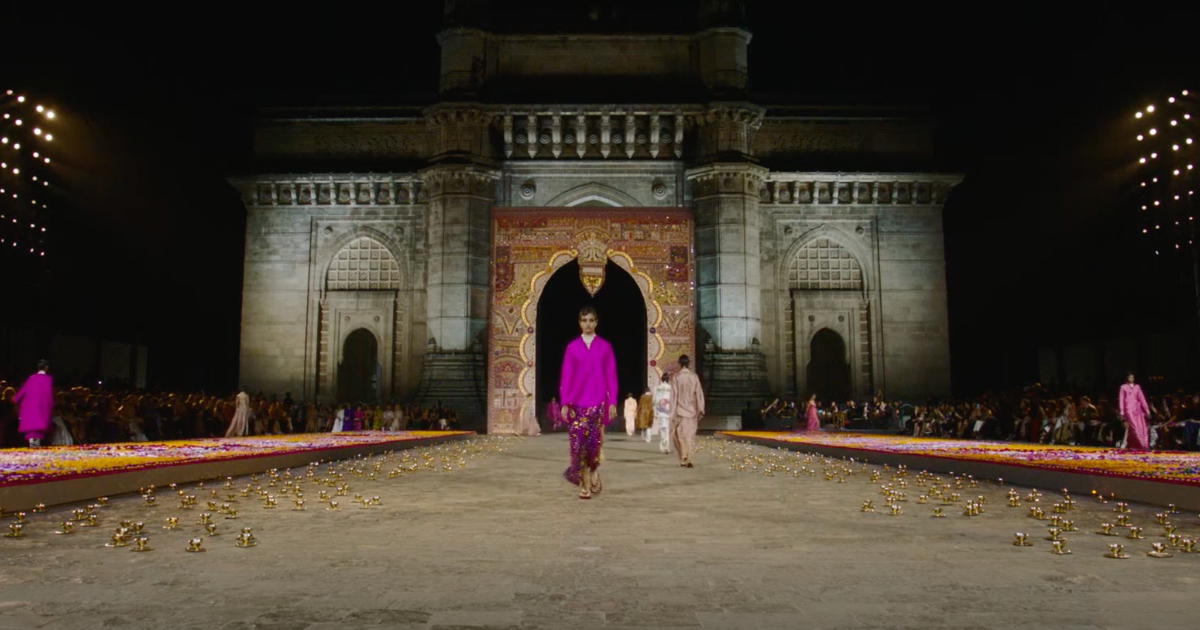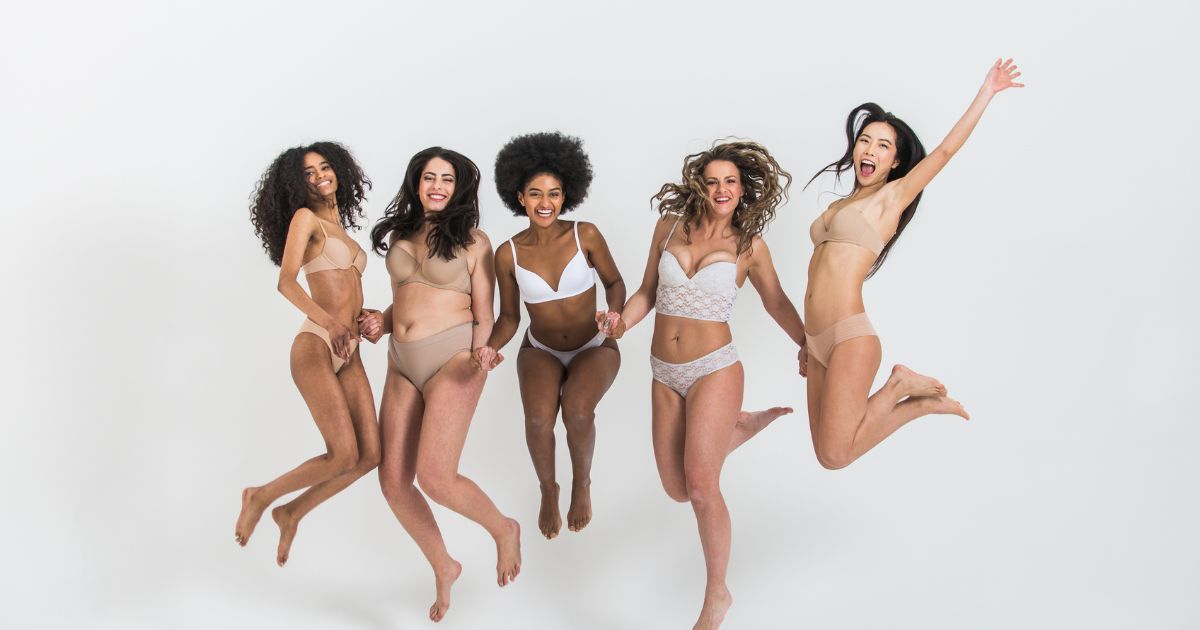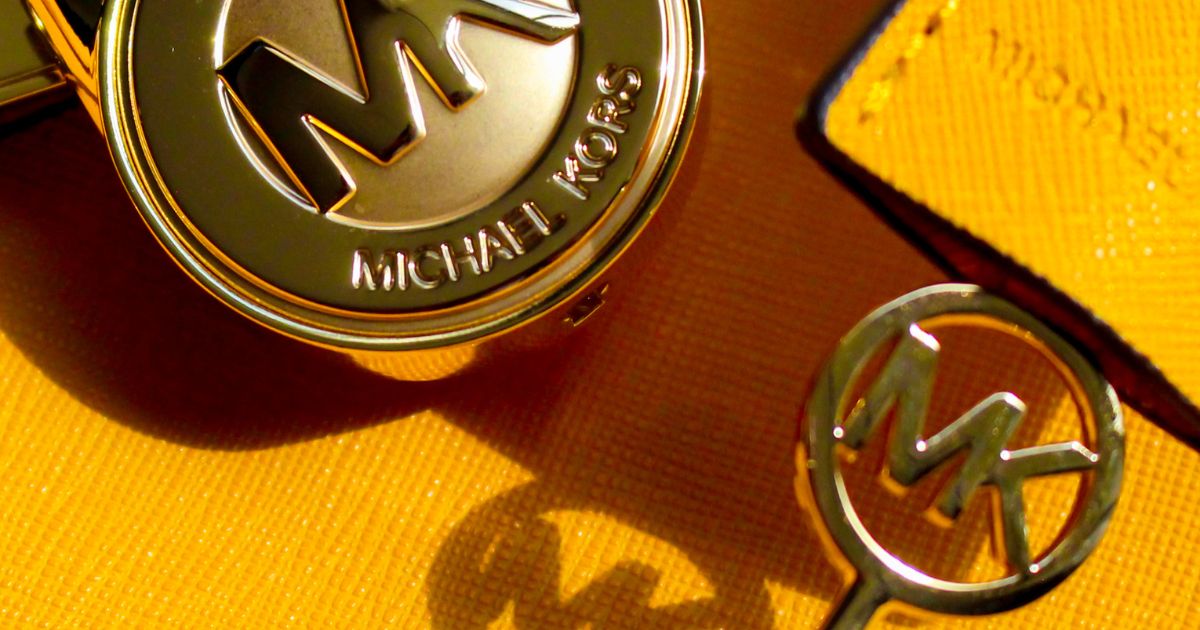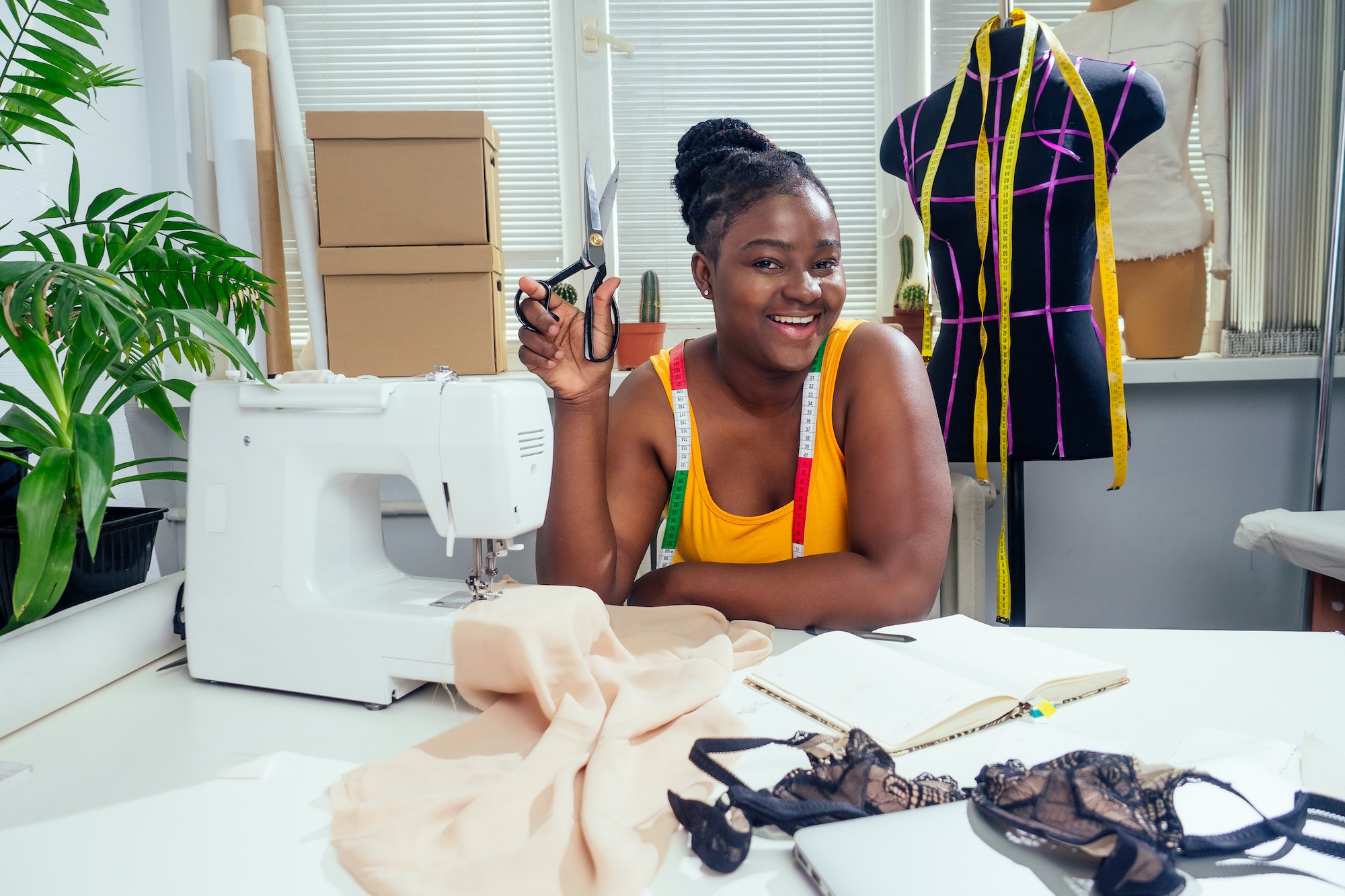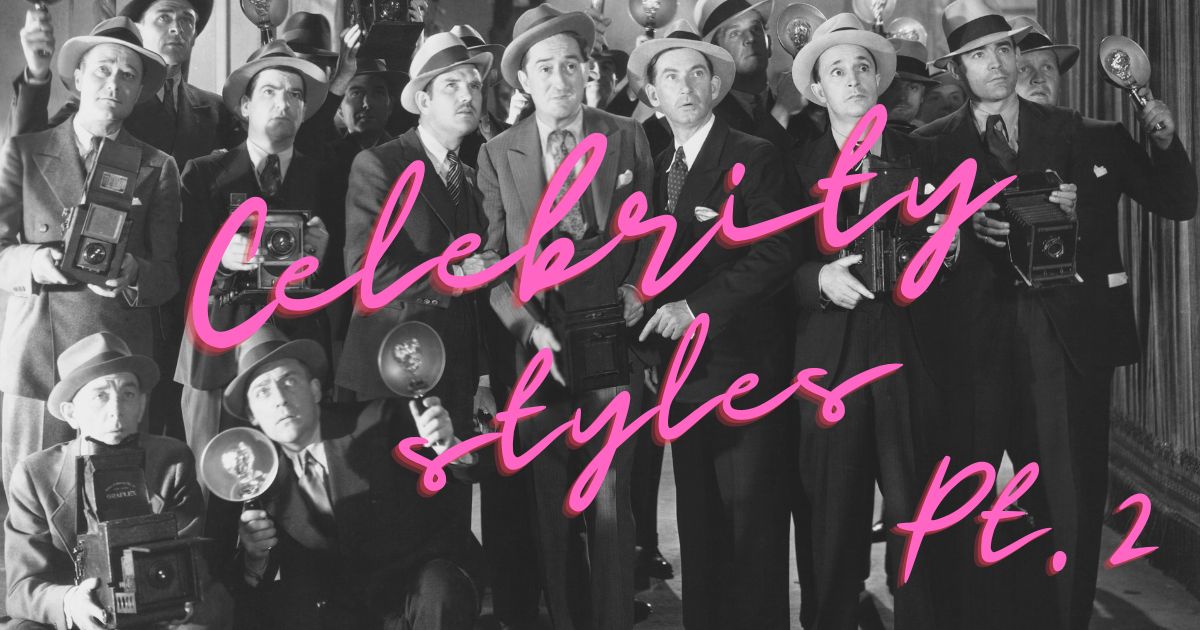Fashion has been a crucial trigger for a number of social revolutions and societal shifts. Many fashion houses and brands have used fashion, which is frequently described as a form of self-expression, to support and oppose various socio-political agendas. These movements have captured a person’s yearning for equality, their right to live with dignity, their desire for freedom, etc. Race, colorism, faith, religion, and other barriers have all been surpassed thanks to fashion. Our consumption habits have been impacted by fashion trends as well as numerous sociopolitical movements. Through movements like those for gay liberation and punk fashion, it has allowed people to express and communicate their values and show political solidarity. For instance, Vivienne Westwood has long spoken against consumption. However, it’s not just fashion designers who express political statements through their designs; everyday people have also done so to show their support for various social, political, and economic battles. Clothing may, hence, express a thousand words and offer many people who lack a voice a voice. The “hot pink pussy hats” worn by women all over the world in 2017 during the worldwide Women’s Marches in opposition to Donald Trump’s inauguration and the various looks for the red carpet in 2018 that showcased their support for the Black Lives Matter movement, are examples of the same.
Through common symbolism, fashion has been used from the early 20th century to the present to support various social justice movements like the feminist agenda. The position of women through the years and the roles that were earmarked for them can all be traced through the various fashion trends of the time. The use of clothing is, therefore, not simply an aesthetic form of expression, but a statement.
As society emerged from the restraints of the 1920s, women began to liberate themselves from the confines of corsets and long gowns. The practical and utilitarian dress patterns of World War II could be used to illustrate the lack of resources and the occupation of stereotypically masculine tasks. Big skirts and other overtly feminine styles were the “new look” after the war, which was a strong indication that society wanted women to resume their pre-war duties. Miniskirts gained popularity in the 1960s and were worn as a form of defiance by young ladies. It demonstrated their right to sexual and reproductive freedom. The 1960s also saw the popularization of jeans among the American middle-class. As a show of support for the working class, which was severely impacted by racial discrimination and war conscription, college students also donned jeans. Hippies came into the picture during the 1970s, which also served as a time for self-expression. This era saw the rise of individuals inculcating various symbols of social movements onto their clothing. The 1980s, on the other hand, brought on the trend of androgynous clothing and of oversized power suits and shoulder pads. One of the characteristics that distinguished this period was the call for equal compensation for equal work.
Even today, this androgyny is still present. Gender stereotypes are no longer valid, and the distinction between “masculine” and “feminine” has become hazy. With the advent of the fourth wave of feminism, the fashion industry has changed into a trans inclusive, sex positive, and body positive space. Diverse fashion labels have recently portrayed the overlapping interests of women from various social groups and races. Prof. Crenshaw, who coined the term ‘intersectionality’, has explained the same as “a lens through which you can see where power comes and collides, where it interlocks and intersects. It’s not simply that there’s a race problem here, a gender problem here, and a class or LBGTQ problem there. Many times, that framework erases what happens to people who are subject to all of these things.”
More inclusive interpretations of previous trends have emerged as a result of the growth of social media, particularly Instagram and Tik Tok. An illustration of this is the reclamation of early 2000s fads like skinny jeans and low waisted jeans in a way that accommodates people of various sizes, as opposed to how these styles were worn back then. Previously seen primarily on white people, cottage core fashion and other softer aesthetics are now prevalent on people of all colours. Rising to the top of these social networking platforms has required extensive representation and inclusivity of all bodies and colours. Due to this, more widely used companies now provide inclusive sizing and are more politically correct with their graphics and prints.
Unlike the impression that fashion is promoting the feminist movement and its goals, the reality is quite different. The burgeoning fast fashion industry has strained the relationship between feminism and fashion. Fast fashion is the term used to characterise inexpensive, fashionable, mass-produced clothing that harms the environment. Shorter trend cycles and increased yearly clothing production are results of the pandemic and the sudden emergence of social media sites like Instagram and Tik Tok. Online fast-fashion retailers like Shein, Zaful, and others have grown in popularity. These brands do virtually little for the welfare of women, despite the sentiments that are emblazoned on many of these items. These companies make their living by taking advantage of children and women in underdeveloped nations. These workers are overworked and under paid. An investigation by the U.K. broadcaster Channel 4 uncovered devastating details about the business practices of the Chinese fast-fashion company Shein and it was revealed that in one factory, workers received a base salary of a mere 4,000 yuan per month — roughly $556 — to produce 500 pieces of clothing per day and that their first month’s pay is withheld from them. Furthermore, these brands also appropriate designs of smaller creators and have also been caught up in various scandals for disrespecting various religions and cultures.
Fashion has so undoubtedly supported different movements, like the feminist movement, and has helped people fight for issues they believe in. Wearing clothing that gives you a sense of empowerment and self-worth is a political and social statement in and of itself. Fashion undeniably plays a significant role in today’s world because every decision you make determines your identity. However, in order to ensure that these socio-political movements are not limited to people from a specific background, it is also necessary to take into account the harmful and unsustainable fashion trends and practices.



